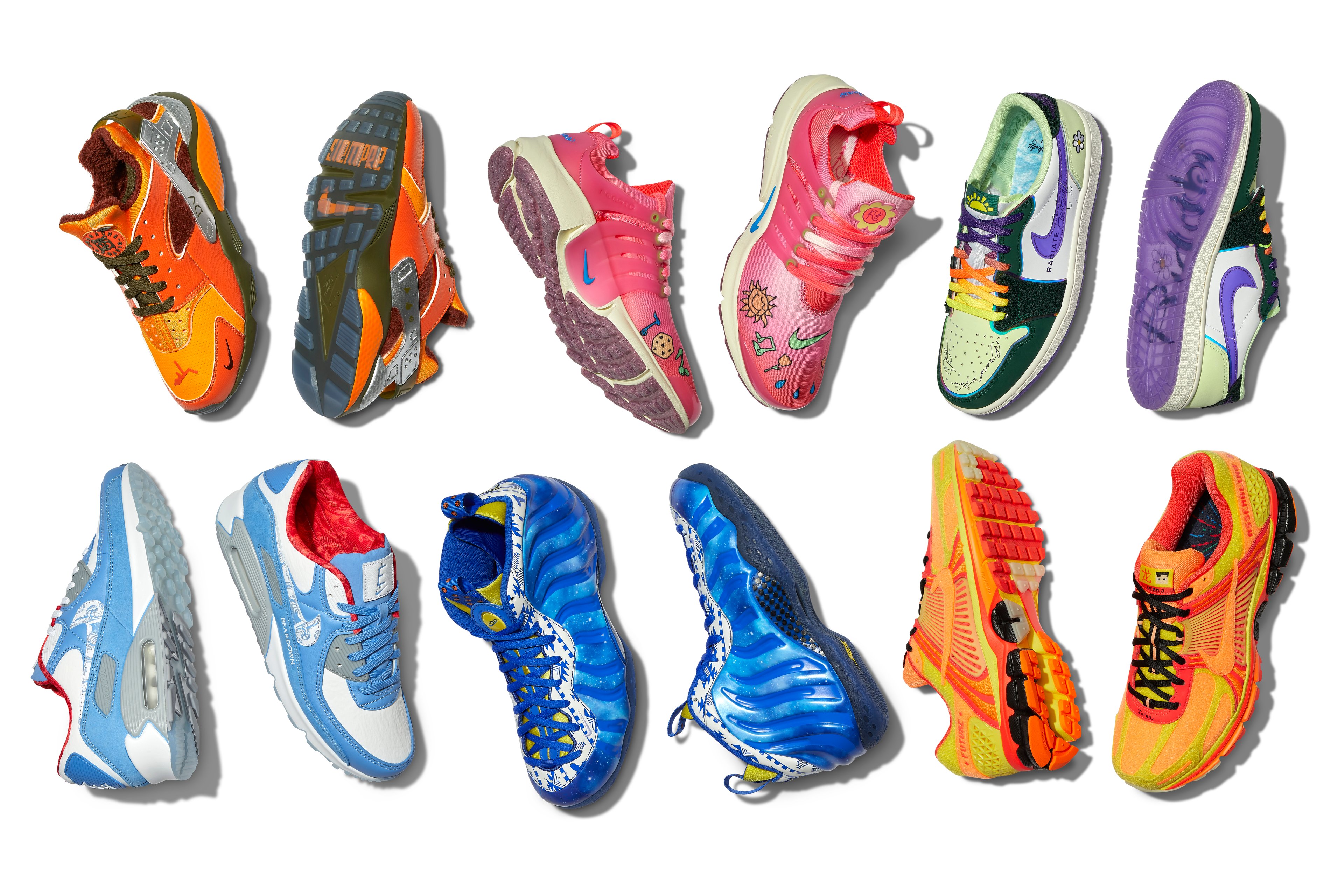In June 2017, Nike (NKE +0.82%) was struggling. The stock had slumped over the previous two years as it lost market share to adidas, whose stock more than doubled during that time.
To turn around its performance, the company unveiled a new strategy: the Consumer Direct Offense. It promised to drive growth by doubling innovation, speed, and direct connections with customers, what it called its triple double strategy. It also said it would focus on 12 cities in 10 countries to propel its growth over the coming years, and restructured its business into four regions, rather than six, laying off 2% of its global workforce to become more simplified and efficient.
Since then, the stock price has nearly doubled, its revenue and earnings growth has accelerated, and its latest quarterly report makes it clear that the strategy is paying off.
Nike's revenue grew 13% in currency-neutral terms in the fiscal second quarter to $10.33 billion, which beat expectations at $10.09 billion, and profits improved significantly as well. Gross margin expanded by 20 basis points to 44% as a result of higher average selling prices, showing the company was able to pass along higher prices. Demand creation expense fell 3% due to the timing of certain marketing investments, which helped lift operating income by 25% to $1.25 billion, and Earnings per share jumped 35%, helped by a lower tax rate, to $0.70, ahead of estimates at $0.58.
Beyond those figures, management highlighted a number of ways the Consumer Direct Offense is driving growth.

The Nike Live store in Los Angeles. Image source: Nike.
Direct selling
The biggest component of Nike's new strategy may be its intention to establish direct relationships with its customers through its own stores, its websites, and its Nike and SNKRS apps. As part of that initiative, Nike is elevating retail partners that are willing to create a differentiated experience around its products, like Nordstrom and Foot Locker, while it's eliminating relationships with retailers that don't give it special attention, like Amazon.
The most impressive part of its direct-selling strategy appears to be digital, specifically mobile. In the recent quarter, digital sales jumped 38%, led by the Nike and SNKRS app, which made up one third of digital sales in the quarter, as sales through the Nike app more than doubled in the quarter. The channel also carried strong momentum into the holiday season, as digital sales jumped 70% in North America on Black Friday.
Management also touted a strong initial response to its app in China, where it just launched.
Nike also expanded its Nike Live store concept in the quarter, opening its second and third stores in California and Tokyo. Nike Live caters exclusively to Nike Plus members, offering digital features in a physical store to give members a unique experience. Management has called the new concept "incredibly successful" and it is informing Nike's strategy in its other retail stores.
Finally, management talked up the effect of Celect, the data analytics platform it acquired in August, saying it was helping Nike develop better algorithms to predict demand. During China's Singles Day shopping holiday, for example, Nike shipped product from 200 stores instead of distribution centers, meeting demand faster.

Image source: Nike.
Stepping up innovation
Nike has also accelerated the pace of its innovation since launching the Consumer Direct Offense. Among the products the company has released since then include the VaporMax, which eliminates the need for a foam midsole, creating a lighter shoe with more elasticity and greater energy response. It also introduced the VaporFly 4%, named for its ability to reduce running times by 4% that is so effective that some have called for the shoe to be banned from competitive racing.
Other innovations include Nike React, the softest foam the company has created; ZoomX foam, which delivers 85% energy return; and improvement on Nike Air, which has driven a new line of popular Air Max shoes. It's also introduced a laceless shoe-fastening system, Nike FastFit and Nike Flyease, that led to the launch of the first laceless Jordan shoe. Those products not only drive sales for the company, but also create a halo effect, reinforcing the brand and creating buzz around Nike's broader range of products.
The company also continues to experiment with its selling model, opening two Houses of Innovation, in New York and Shanghai, that give customers a plethora of new ways to experience Nike products.
As the second-quarter results show, the Consumer Direct Offense has put the company in a strong position as it enters an Olympic year and brings on new CEO John Donahoe, known for his background in tech. With that momentum and the promise of a "hyperintense cycle" of product innovation for 2020, expect 2020 to be another successful campaign for Nike and further proof why the Swoosh remains a top stock to own.








